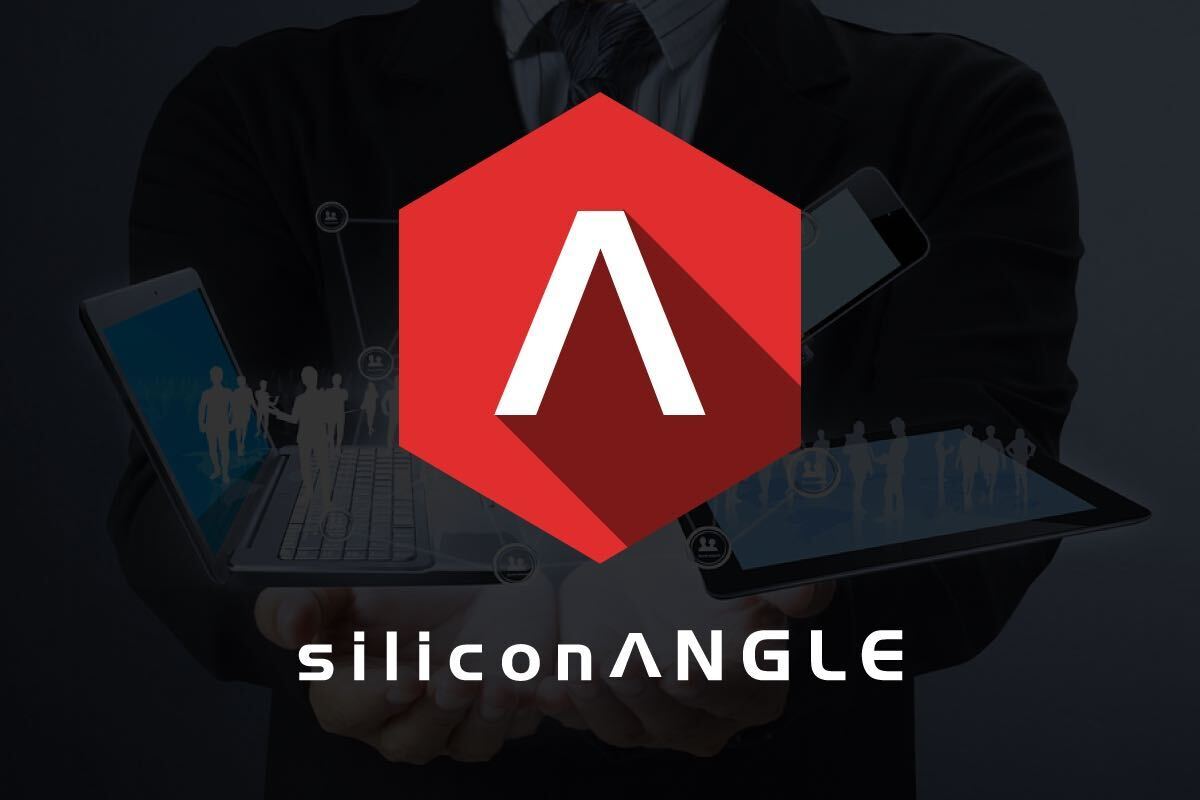


![]() Hewlett-Packard has invested over $10 billion in British analytics firm Autonomy, and soon after that its software was integrated with Vertica infrastructure. The offering is touted as a hybrid platform that covers both unstructured and structured streams, and has faced some criticism along the way.
Hewlett-Packard has invested over $10 billion in British analytics firm Autonomy, and soon after that its software was integrated with Vertica infrastructure. The offering is touted as a hybrid platform that covers both unstructured and structured streams, and has faced some criticism along the way.
This week HP reaffirmed its plans for its massive investment in big data with the debut of the awkwardly -named HP Autonomy Optimost Clickstream Analytics software. The premise is that Clickstream doesn’t just structure and quantify data, but rather extracts more valuable meaning, or insight if you will, out of user behavior.
Autonomy CEO Andrew Joiner, who retained his title after the merger, elaborated on the solution in an interview. He says that the target audience is marketers, and because of that there was a big emphasis on keeping things simple: Clickstream can be set up in the cloud without too much extra hassle. Joiner also discussed the actual value prop:
“For instance, we’d like to have a better understanding of who is coming to your website – not what they’re doing or what they’re actually clicking on, but who those individuals are. We’re taking socio-demographic information about your users – behavior that we can learn. What are they reading on the page? That information then becomes part of the corpus of analysis, so you can ask simple questions of [what will make] your website more dynamic and more personable.”
One of the key components of Clickstream is something called universal tracker, which stores all this user data on Vertica hardware. And Hadoop support is also included to allow for more advanced applications of the solution. Risk assessment, for one, is another area in which Autonomy’s new meaning engine could prove to be very handy.
Support our mission to keep content open and free by engaging with theCUBE community. Join theCUBE’s Alumni Trust Network, where technology leaders connect, share intelligence and create opportunities.
Founded by tech visionaries John Furrier and Dave Vellante, SiliconANGLE Media has built a dynamic ecosystem of industry-leading digital media brands that reach 15+ million elite tech professionals. Our new proprietary theCUBE AI Video Cloud is breaking ground in audience interaction, leveraging theCUBEai.com neural network to help technology companies make data-driven decisions and stay at the forefront of industry conversations.